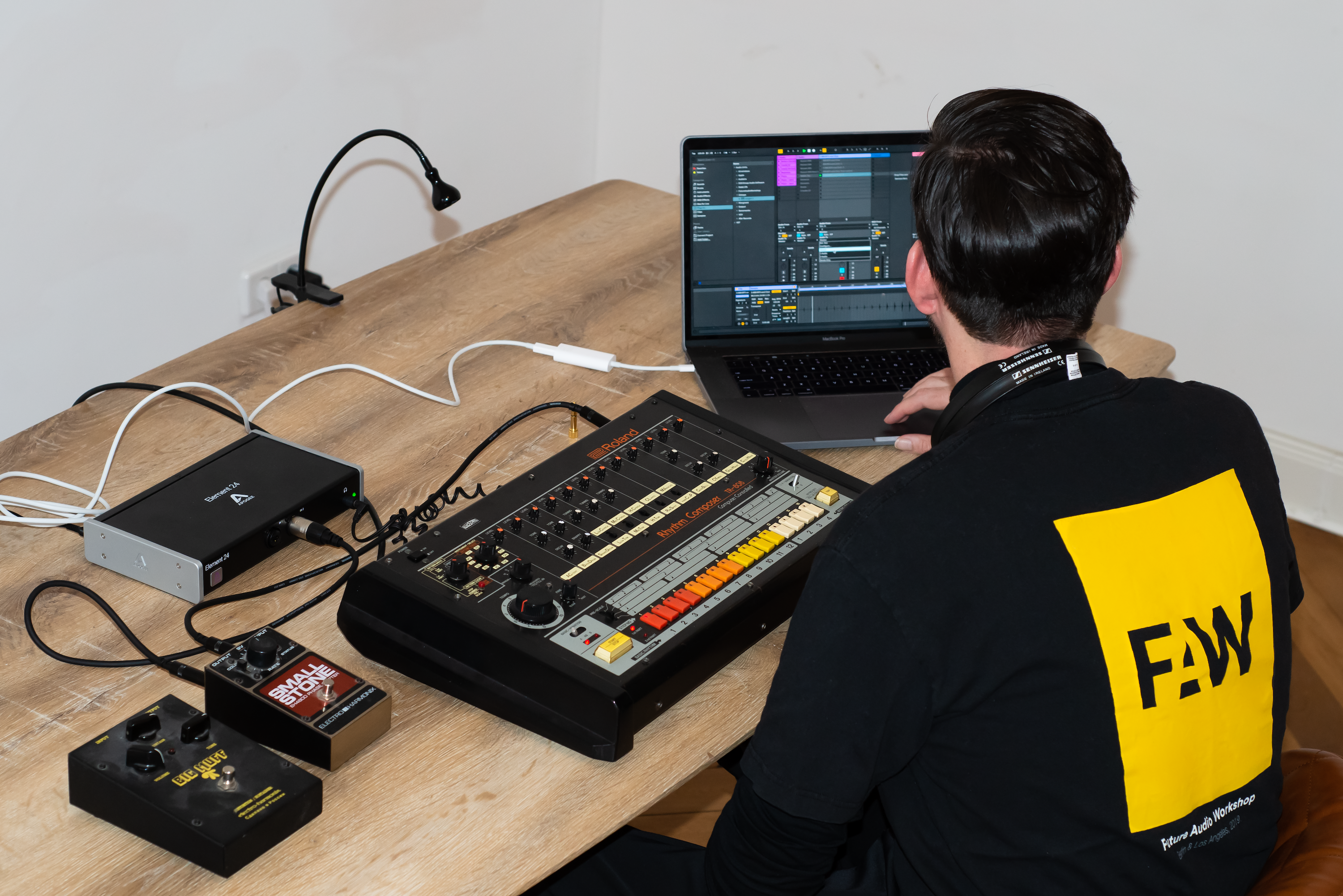Turn on the car radio in any city in the world and you’ll come across a deep, hard-hitting bass sound underpinning the local music style; from trap and southern hip-hop to Detroit techno and Puerto Rican reggaeton. The iconic drum machine that was born in Tokyo became a hip-hop mainstay and now transcends all genres.
We’ve put together a three-part series to explore the origin of the TR-808, the evolution of the booming sub-bass sound, and all the latest techniques.
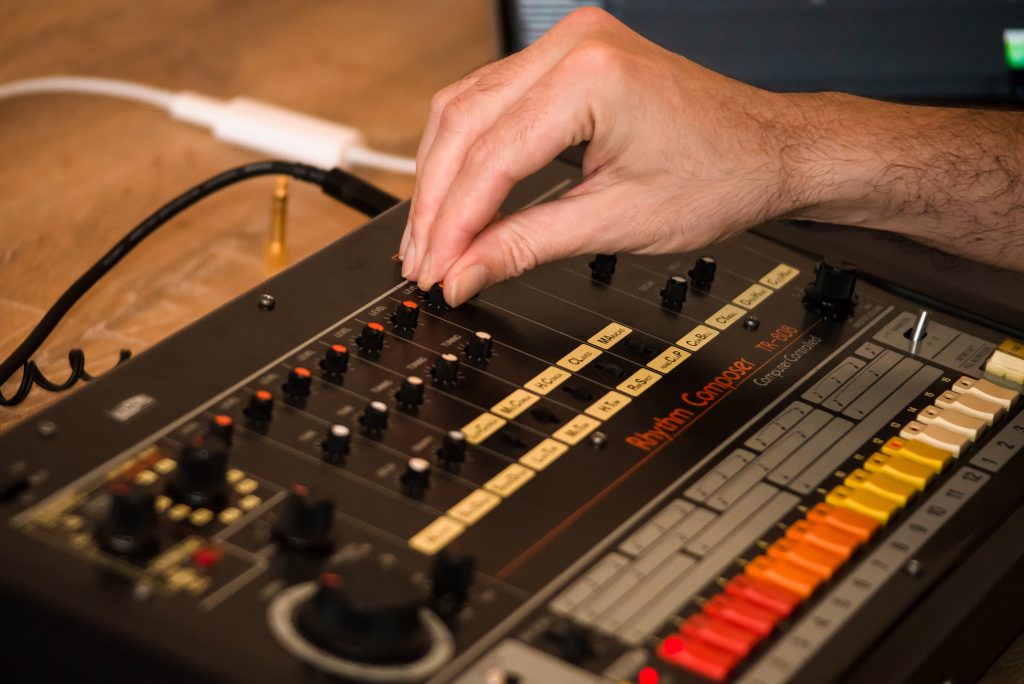
The Beginning
Roland was founded by Ikutaro Kakehashi, a mechanical engineer from Osaka, Japan. At a young age he decided to devote his life to creating the ideal electronic musical instrument.
Ikutaro set out with a distinct ethos that would change the musical landscape forever. He wanted musical instruments to be accessible to all musicians–professional, aspiring, amateur and hobbyists. This meant that they should be inexpensive, intuitive and portable. He founded Roland in 1972 and later played a crucial role in the development of MIDI.
The TR-808 was released in 1980. It was one of the first programmable drum machines but, it was in direct competition with Roger Linn’s LM-1 Drum Computer which actually sounded like real drums while the TR-808 created more futuristic interpretations of drum sounds. The market wasn’t ready for its heavily synthesized sound, and the TR-808 was discontinued in 1983.
Despite this early setback and lack of commercial success, the TR-808 went on to be used on more No. 1 records than any other drum machine and played a crucial role in the formation of many genres.
How and why did the 808 become the top drum machine and launch a whole new style of booming bass sounds?
The simplest answer is that due to its unique and unusual kick drum circuit design, it has an objectively deeper and more pleasing sound than any other machine.
The Sound
The 808 kick sound is comprised of two distinct parts: the initial click and a sustained deep bass tone.
The initial click was meant to emulate the attack sound of a real drum beater hitting the skin of the drum, and the sustained bass sound that followed the click was meant to emulate a decaying thump.
Only the click part:
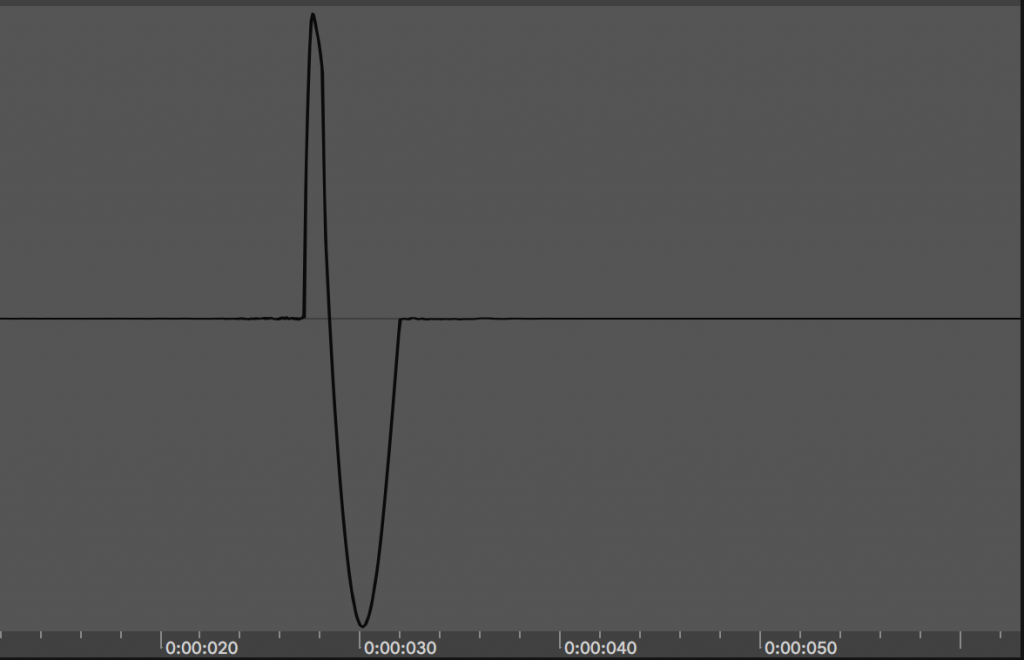
Only the sustained sine part:
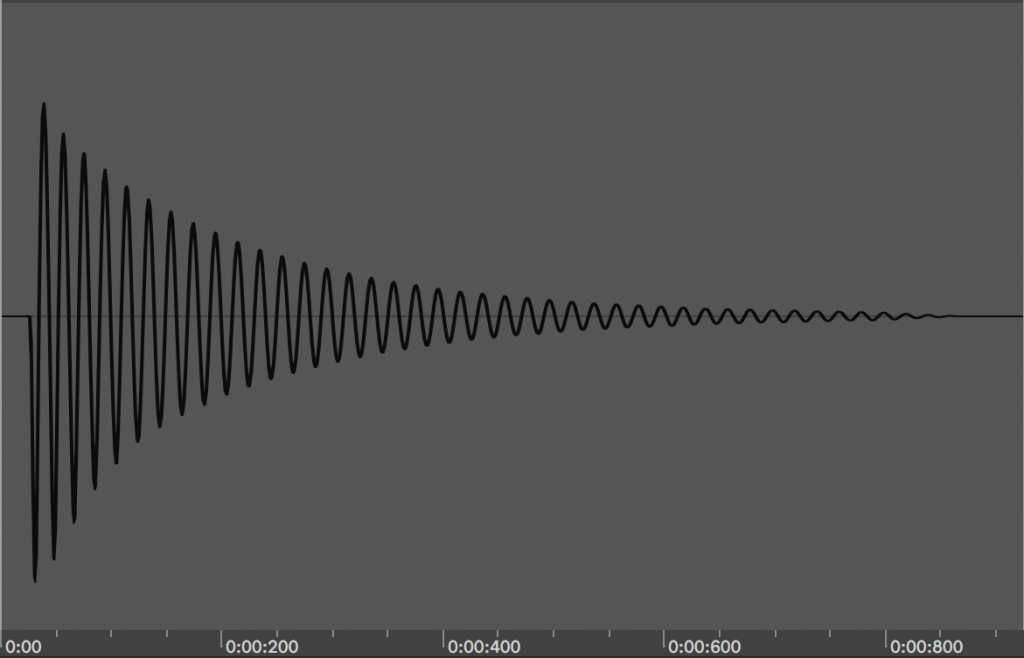
Full 808 Kick Drum:
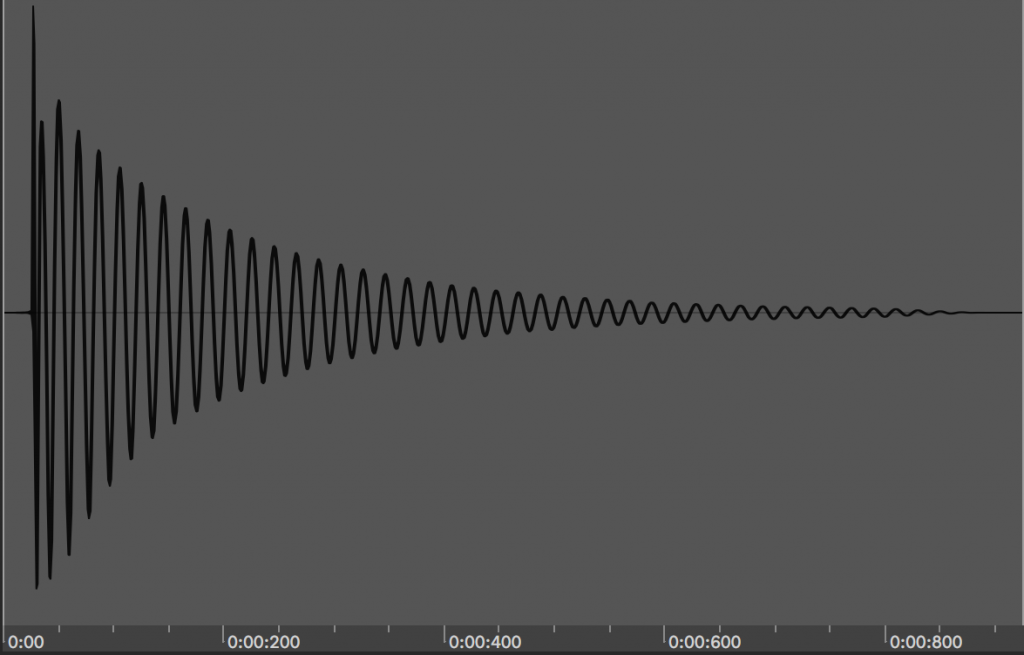
Ikutaro’s goal was to make his electronic instruments affordable. In the early ’80s, computer memory chips were much more expensive than analog components. So it was cheaper to use analog circuitry to synthesize sounds from scratch than to use memory chips to play back samples.
Taking these factors into account, the engineers at Roland designed the circuit below; an inexpensive way to synthesize a kick drum using analog circuitry instead of relying on recorded samples.

This is how it works; a trigger sets the circuit in motion, generating a short click pulse. A portion of this pulse is then fed into a self-oscillating filter where it resonates and creates a sine wave. This is the same principle as microphone feedback, but it happens inside of an electronic circuit.
The engineers also added a low-pass filter which is used to shape the tone of the short pulse so that it’s more like a real drum beater hitting a bass drum and less sharp and noisy.
There you have it, the anatomy of an 808 kick drum; a short click pulse for an attack, followed by a sustained, low-frequency tone.
As you can hear from those audio examples, that kick is pretty basic.
How do we go from the original 808 kick sound to the modern hard-hitting sounds heard on a Future or Travis Scott track?
Well, modern producers are more inspired by the principal and structure of the 808 kick drum–a short click followed by a sustained, deep tone– than an actual 808 these days. The TR-808 introduced a new synthesized drum sound which changed the very concept of the drum kick. This laid the groundwork for countless producers to experiment and expand on the basic principal and make it into something new.
The Evolution
With the arrival of the sampler, artists started to sample the 808 kick drum rather than using the original real machine. And using the sampler, you can take a single sound and then play it like a pitched instrument across your keyboard. The 808 kick, with its long sustained sine tone, was perfect for this. Soon producers were loading up their samplers and playing 808 kicks no longer as drum samples but as full-on booming bass lines.
One of the defining points of hip-hop is a competitive nature which fuels stylistic evolution. In today’s quickly evolving landscape, we’re constantly trying to push our sound further, develop and learn new techniques.
In Part II, we’ll dive into a breakdown of our favorite modern techniques and tutorials that show how the legacy of the 808 is evolving today. In Part III, we’ll show you how to achieve them with SubLab.
